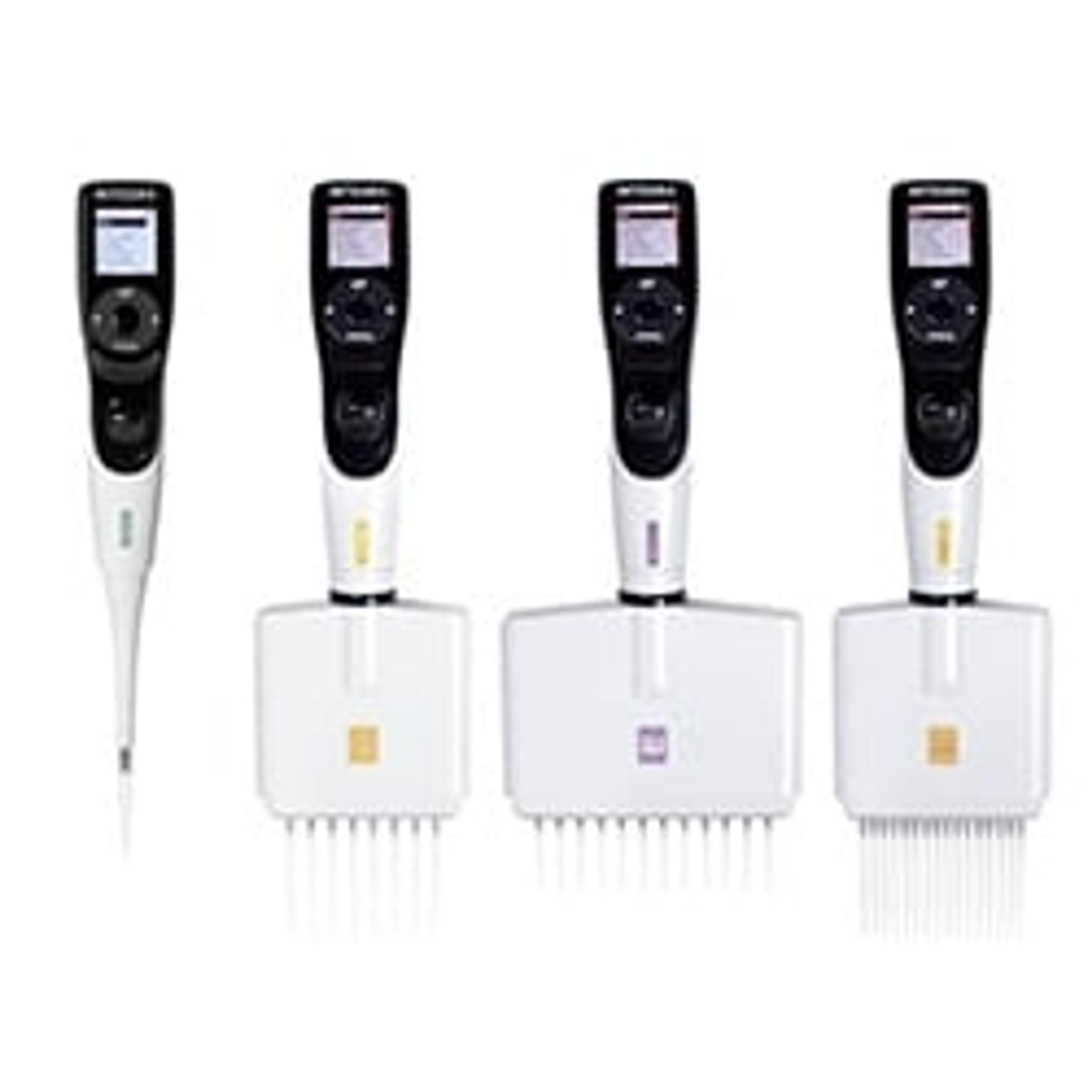Award-winning iGEM 2022 genetic engineering project uses VIAFLO pipettes
14 May 2023
Students from the University of Groningen, Netherlands, enjoyed gold medal success at last year’s International Genetically Engineered Machine (iGEM) competition, with their ‘Nanobuddy’ project to develop a genetic engineering solution to combat the transmission of avian flu (H5N1) among chickens. The group used VIAFLO electronic pipettes donated by INTEGRA Biosciences to improve the productivity and accuracy of their successful project, which was also nominated for the Safety and Security award.
The iGEM Groningen 2022 team set out to develop a novel way of protecting birds against H5N1, with the goal of creating a biosynthetic alternative to inefficient vaccination efforts. The project aimed to identify a bacterium that is naturally present in the lungs of poultry, and genetically modify it to secrete nanobodies – small, single-domain antibodies – that can target and deactivate the avian influenza virus. The nanobody-producing bacteria could then be administered to lungs of the birds for immunization through an aerosol delivery strategy.
Ronald van der Meulen, Lab Manager for iGEM Groningen 2022, described how the lightweight VIAFLO electronic pipettes aided the group: “Various pipetting activities were required for our genetic engineering workflow. Working with the VIAFLO single channel pipettes was critical to streamlining several steps, including PCR, ELISAs, and western blotting. They were the main tools for all our pipetting steps to make our project a success.”
VIAFLO electronic pipettes form a perfect pipetting system with INTEGRA’s wide range of GRIPTIPS pipette tips. The tips snap into place with minimal tip-loading effort, providing a secure connection for accurate alignment. “The VIAFLO is lightweight, with a well-balanced design that is both fun and ergonomic to work with,” van der Meulen continued. “The combination of the pipettes and GRIPTIPS ensures the tips stay securely in place, helping to maximize efficiency and accuracy. We also used the serial dilution feature a lot, saving us a significant amount of time – by limiting the number of pipetting steps – and reducing our production of plastic waste, as only one row of tips was required for each serial dilution plate.”

